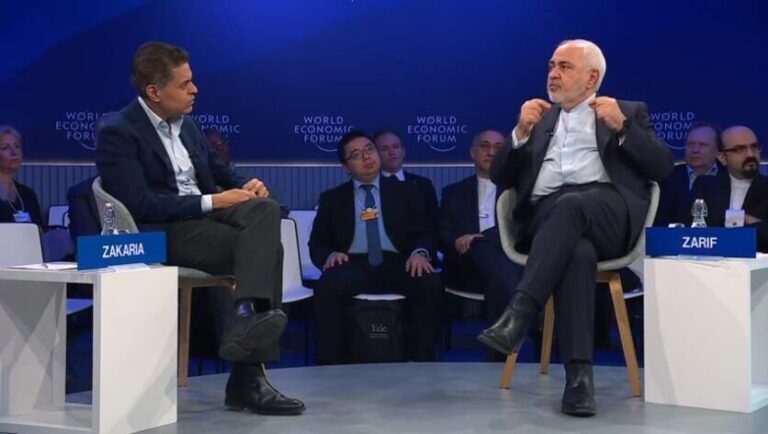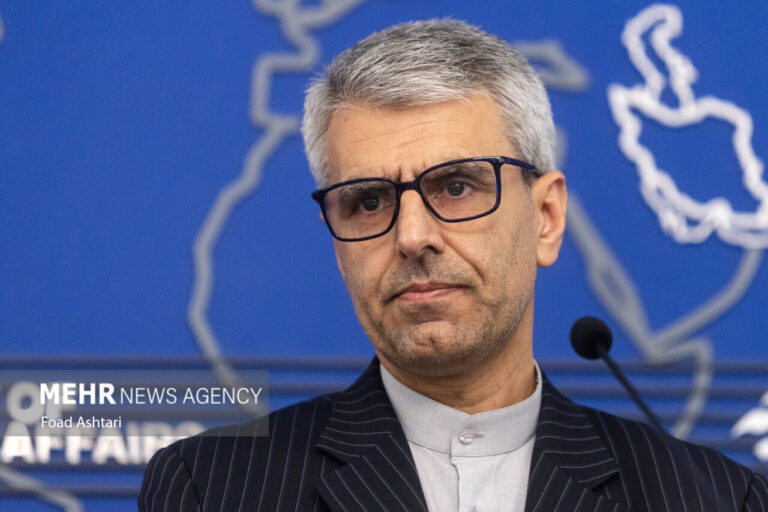US Dismisses Greenland Commander After Vance’s Controversial Visit Sparks Outrage
The recent leadership shakeup at the Pituffik Space Base in Greenland has raised eyebrows and sparked discussions about U.S. military operations and international relations. The U.S. Department of Defense announced the removal of Commander Susannah Meyers, citing a “loss of confidence in her ability to lead.” This decision follows Vice President JD Vance’s controversial visit to the semi-autonomous island last month, which has brought attention to the strategic significance of Greenland.
In a statement released by Chief Pentagon spokesman Sean Parnell, it was emphasized that “actions to undermine the chain of command or to subvert President Trump’s agenda will not be tolerated at the Department of Defense.” This statement underscores the strict adherence to military protocols and the importance of leadership cohesion within the ranks.
After Vance’s visit to the Pituffik Space Base in late March, reports emerged detailing how Commander Meyers responded to the Vice President’s actions during the trip. Military.com reported that she sent out an email expressing her concerns regarding the statements made by Vance. Parnell also included a link to this report in his announcement on social media platform X.
In her email, Meyers stated, “I do not presume to understand current politics, but what I do know is the concerns of the U.S. administration discussed by Vice President Vance on Friday are not reflective of Pituffik Space Base.” This remark highlights a significant disconnect between military leadership and political directives, raising questions about the future direction of U.S. operations in the region.
Following the announcement of her removal, Colonel Shawn Lee has been appointed as the new commander of the Pituffik Space Base, as confirmed by a press release from the Space Operations Command. This leadership transition marks a new chapter for the base, which plays a crucial role in the U.S. military’s strategic interests.
The decision to remove Meyers is part of a broader trend emphasizing U.S. control over Greenland. President Donald Trump has previously expressed a desire to acquire the territory, stating he would pursue this goal “one way or another.” Vice President Vance has also voiced concerns about the island’s vulnerability, arguing that the U.S. has “no other option” but to increase its military presence there.
- Leadership Changes: Susannah Meyers has been replaced by Colonel Shawn Lee.
- Political Tensions: Meyers’ email response reflects a significant divide between military and political perspectives.
- Strategic Importance: The U.S. aims to strengthen its presence in Greenland amid claims of vulnerability.
The Pituffik Space Base is not only a military installation but also a critical hub for the U.S. in terms of space operations and surveillance. Its strategic location has made it increasingly important, especially as geopolitical tensions rise in the Arctic region.
As the U.S. intensifies its efforts in Greenland, the implications of these leadership changes and political maneuvers may shape the future of military operations in the area. It remains to be seen how Colonel Lee will address the challenges and expectations that come with his new role.
Moreover, the situation raises essential questions about the balance of power between military leadership and political agendas. As the U.S. government navigates its goals in Greenland, it must consider the implications of its military presence and how it affects relationships with other nations, particularly those in the Arctic region.
In conclusion, the removal of Commander Susannah Meyers and the appointment of Colonel Shawn Lee as her successor highlight the ongoing strategic efforts of the U.S. in Greenland. The political landscape surrounding this military base continues to evolve, reflecting the complexities of international relations and national security.
As the situation develops, observers will likely keep a close eye on how these changes impact not only the operations at the Pituffik Space Base but also the broader U.S. strategy in the Arctic. The intertwining of military and political dynamics will play a crucial role in shaping the future of U.S. interests in Greenland and beyond.






